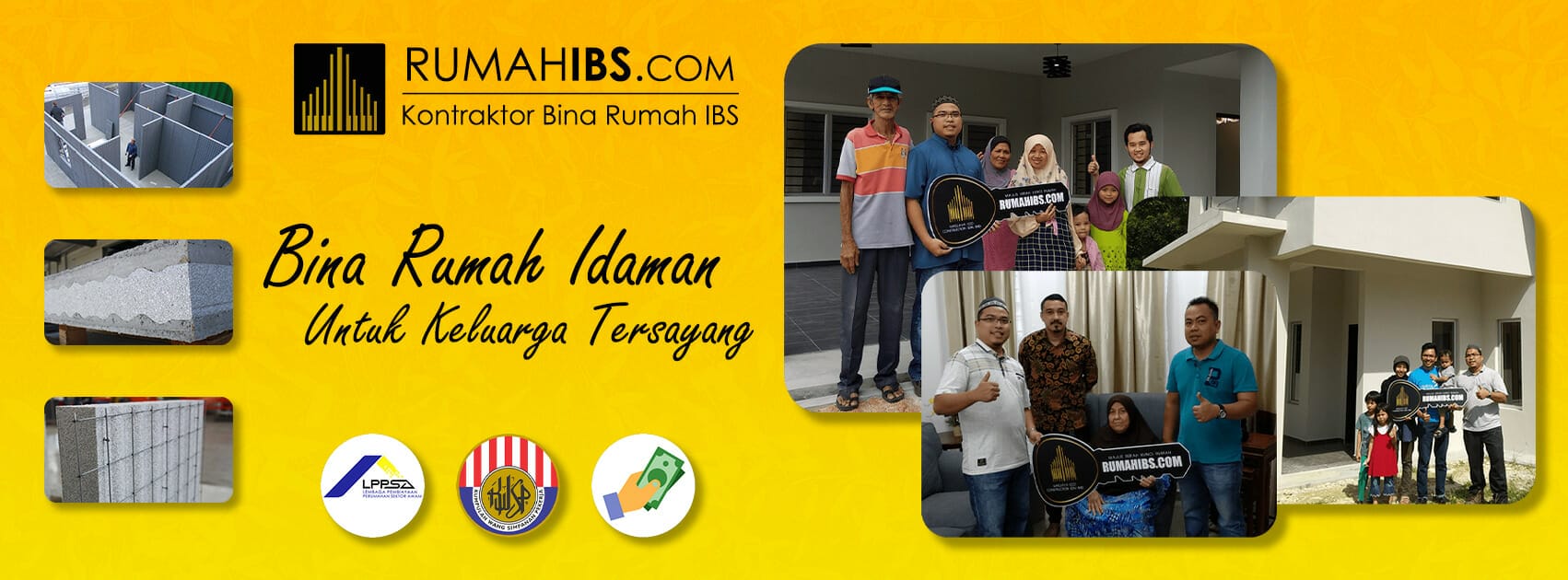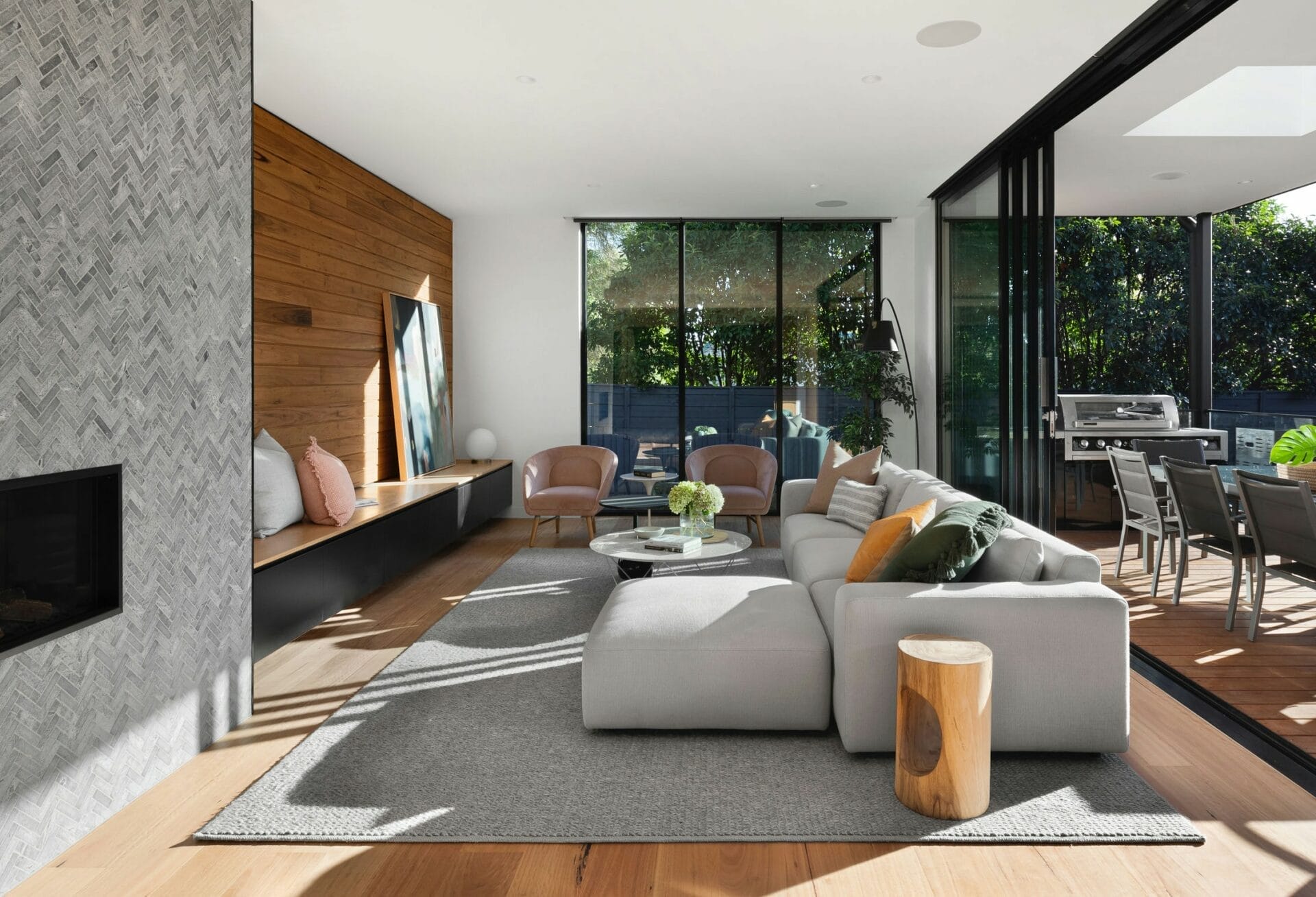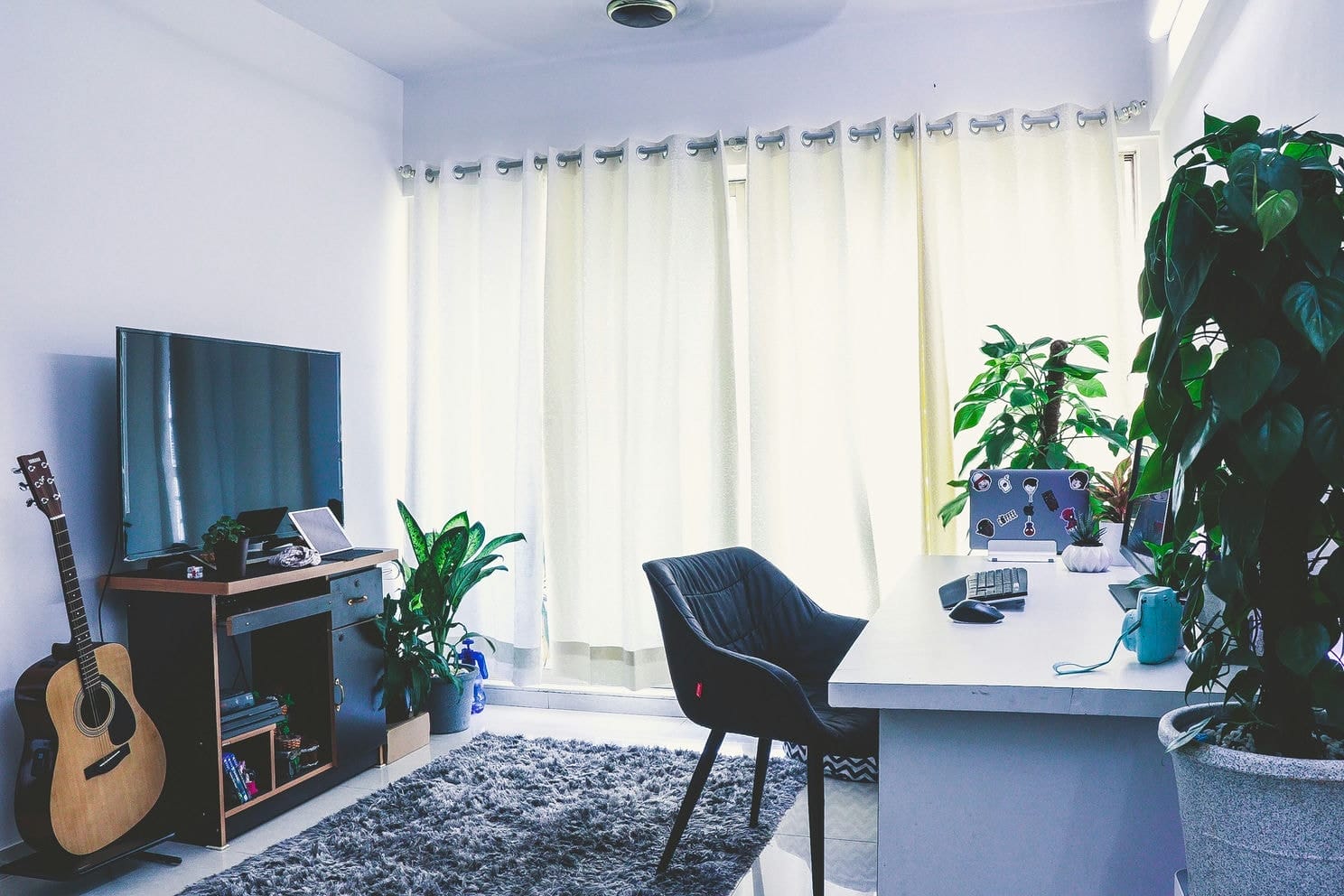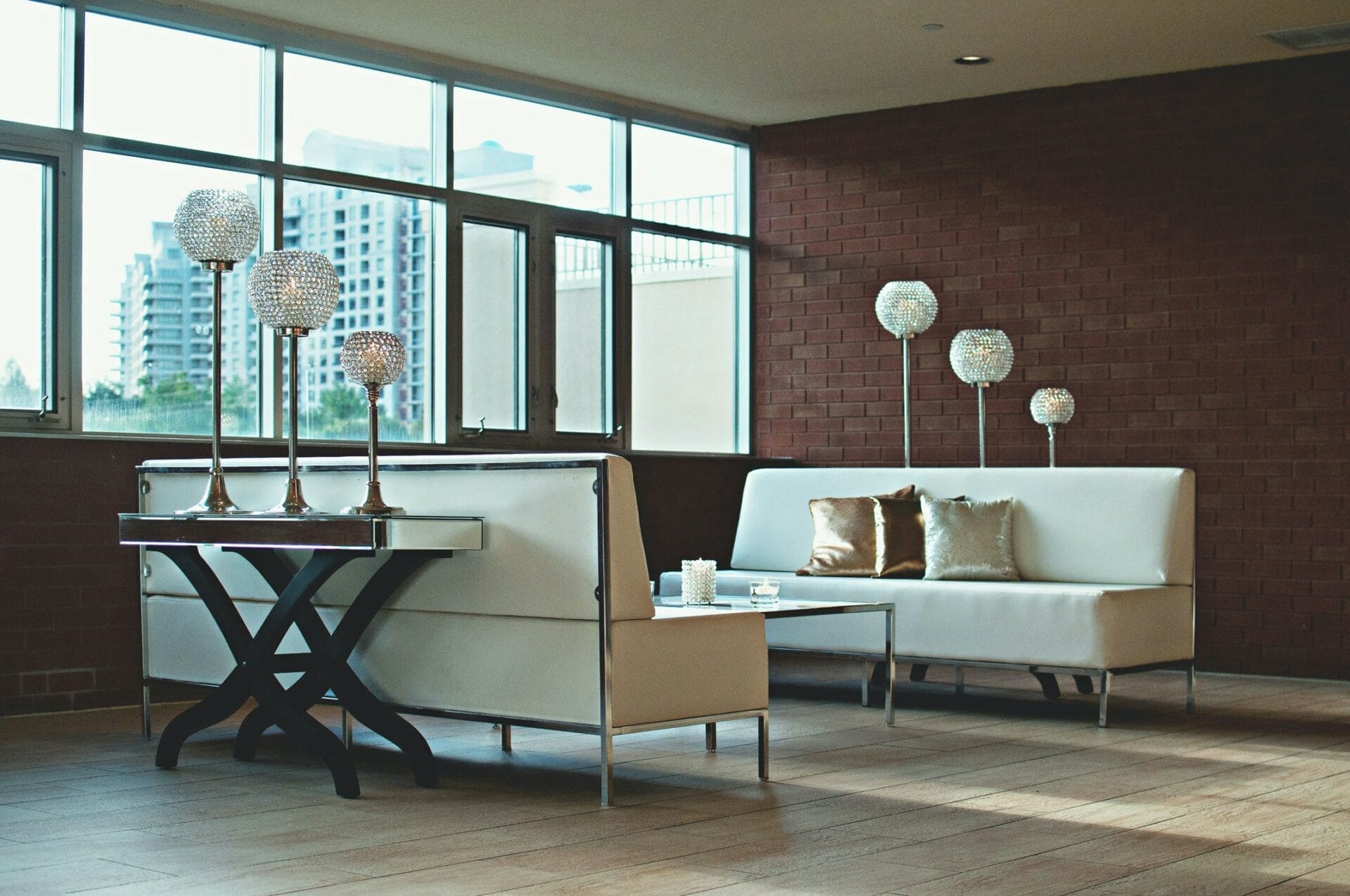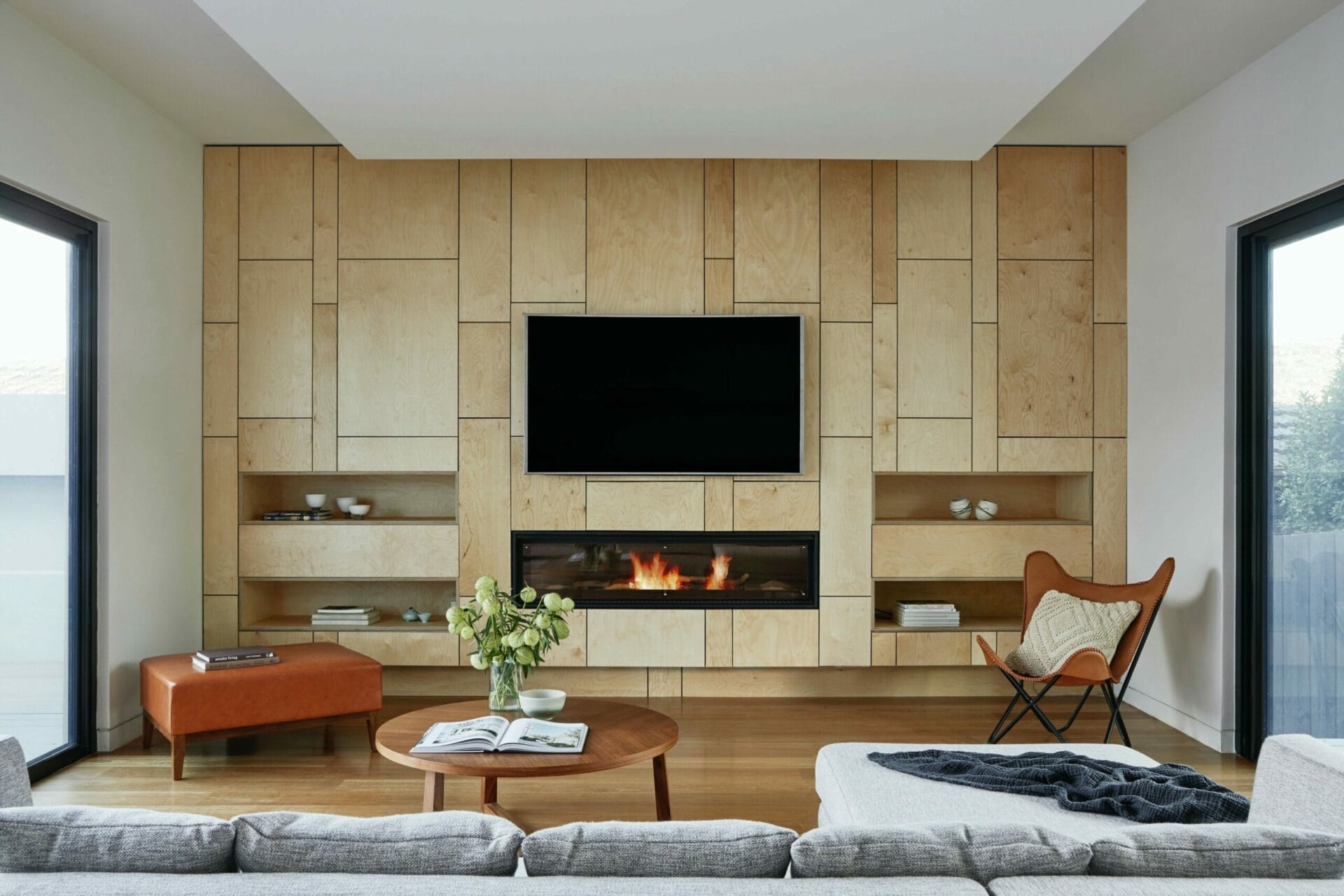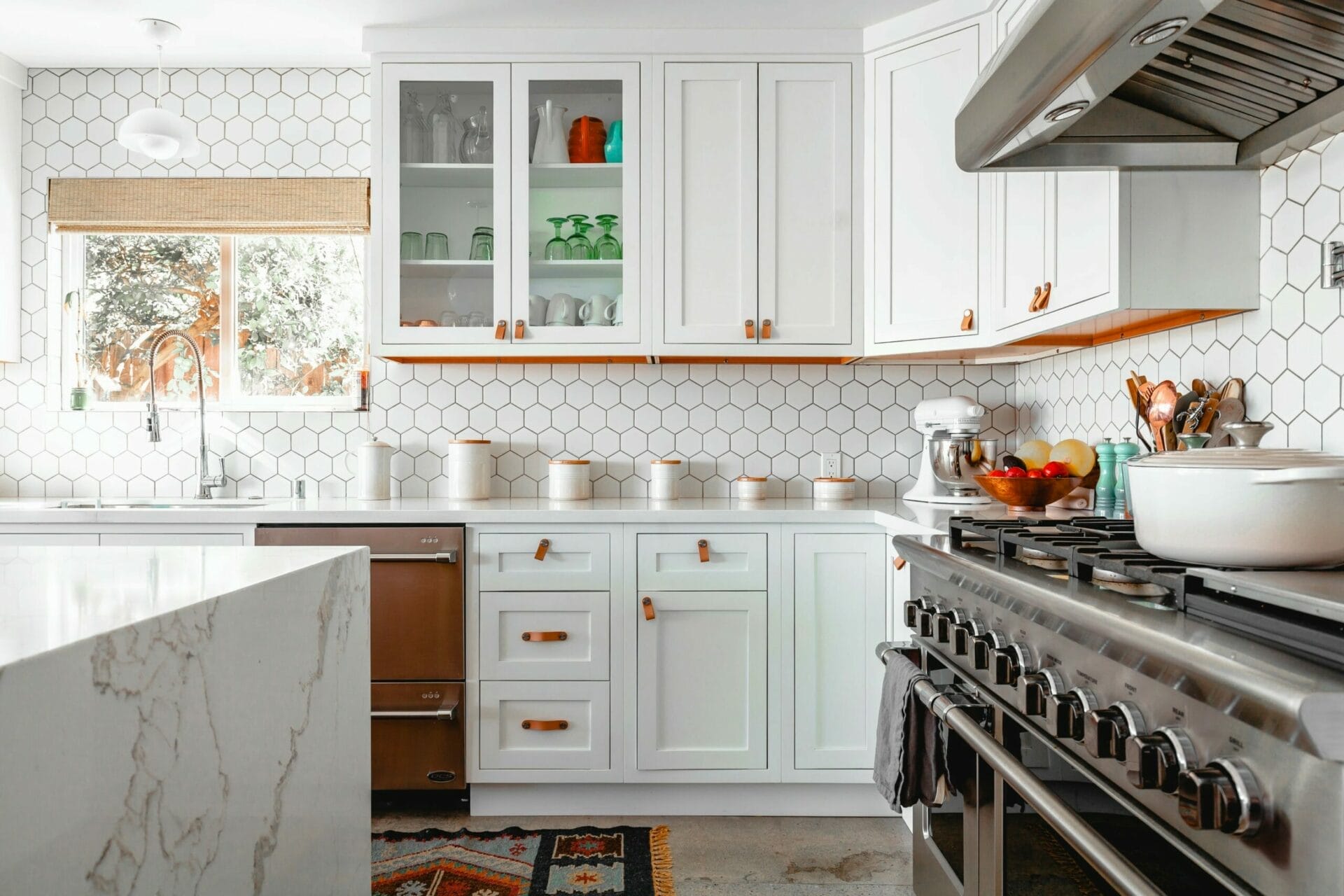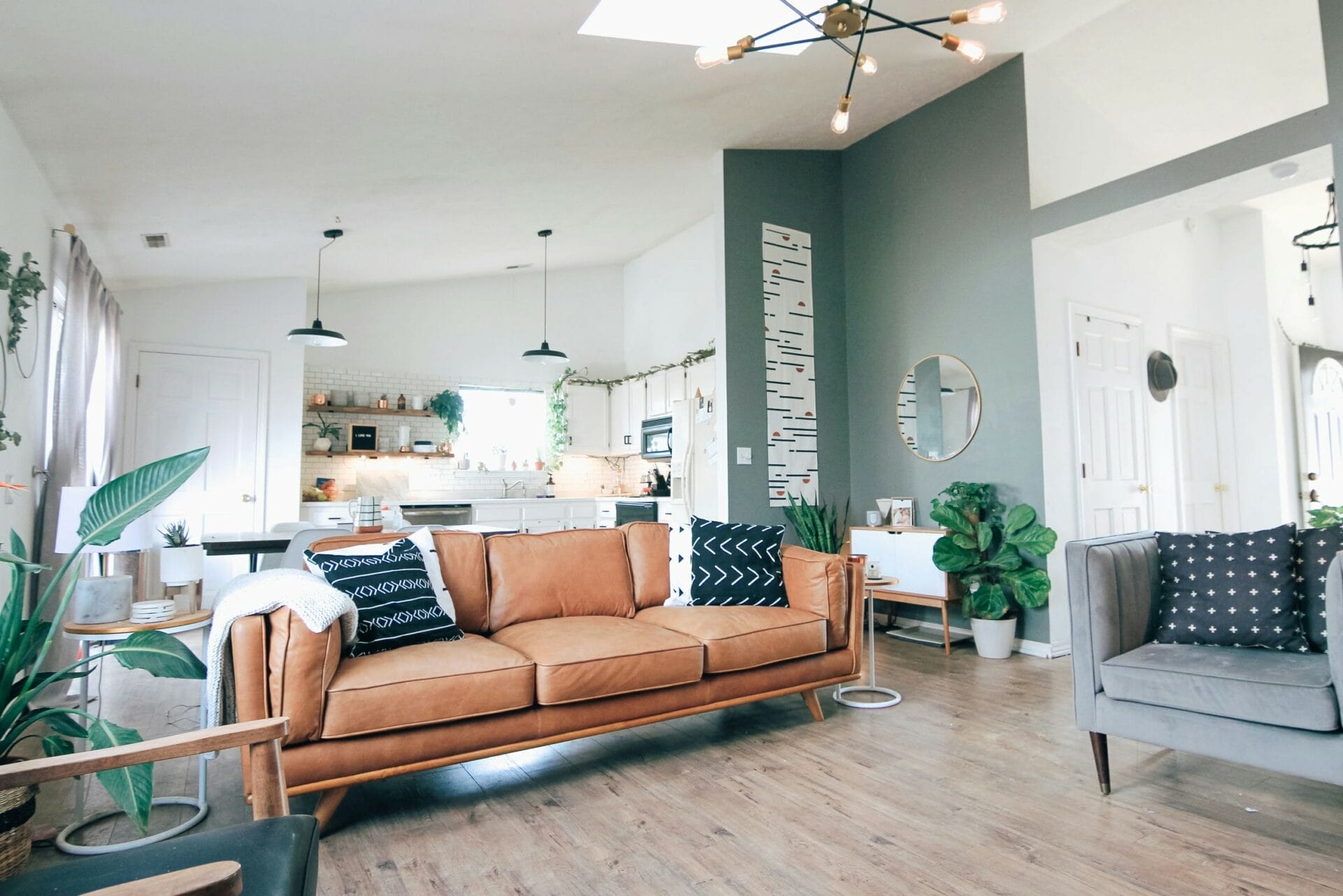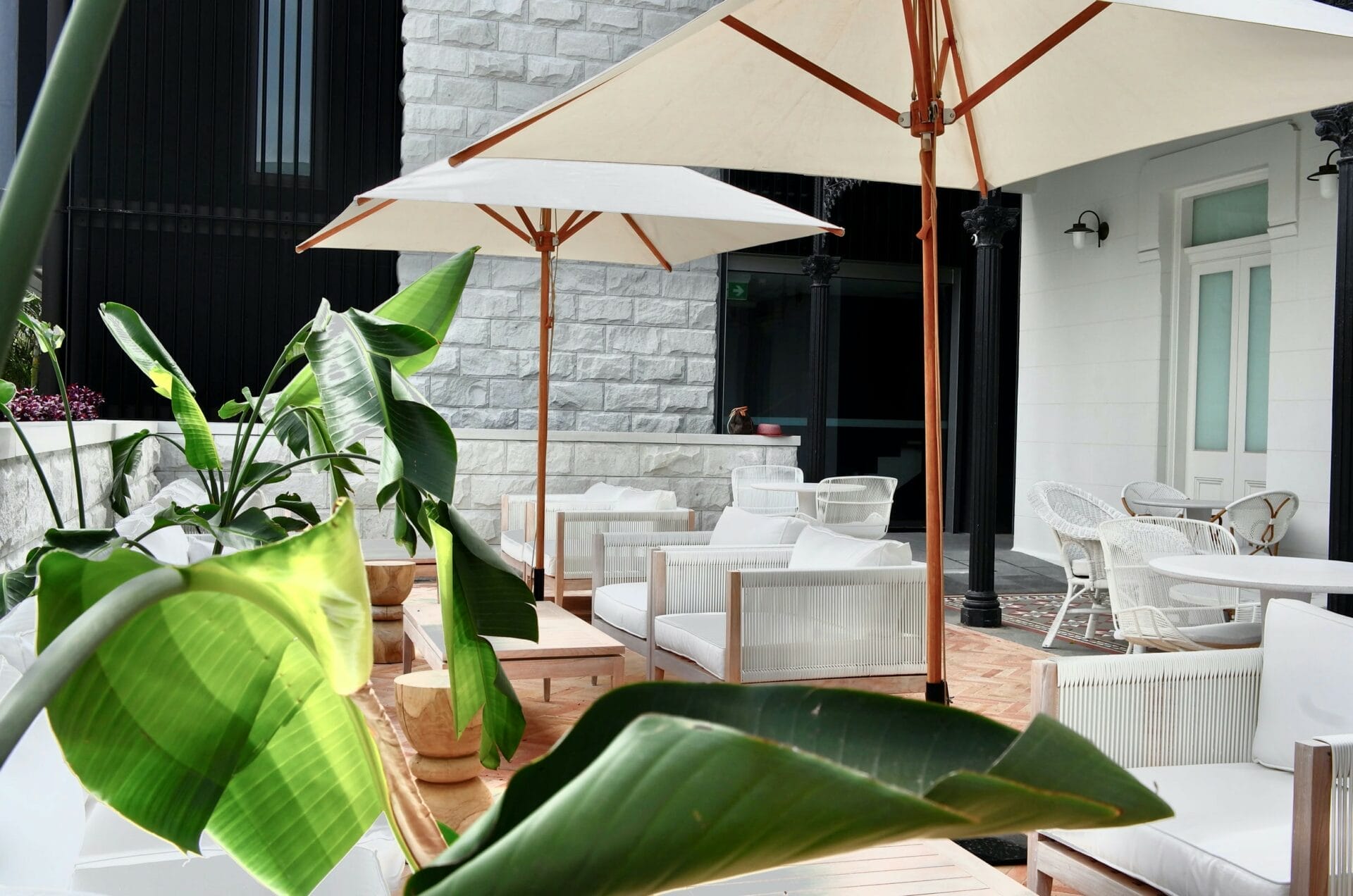How To Build A House in Malaysia?
- What are the steps involved in building a house in Malaysia?
- What are the costs involved in building a house in Malaysia?
- What permissions and approvals are needed to build a house in Malaysia?
- How do I find a good contractor to build my house in Malaysia?
- What kind of foundation is best for building a house in Malaysia?
- What building materials are commonly used to build houses in Malaysia?
- How can I design my dream home in Malaysia within my budget?
- What are the best locations to build a house in Malaysia?
- How long does it take to complete house construction in Malaysia?
- What style of house is best suited for the Malaysian climate and lifestyle?
What are the steps involved in building a house in Malaysia?
Building your own house in Malaysia involves careful planning and execution across several key stages:
Land Selection and Purchase
- Decide on a location and budget for your land. Prioritize accessibility, amenities, infrastructure, and future growth potential.
- Engage a lawyer to check land title, ownership, zoning regulations, and conduct land search.
- Negotiate price and complete land purchase transaction.
Design and Approvals
- Hire an architect to design your house plans according to your requirements.
- Apply for planning permission from local authorities by submitting documents like site plans.
- Obtain approval from Department of Environment (DOE) and other relevant agencies.
Contractor Selection
- Shortlist licensed Class A or B contractors based on reputation, experience, and qualifications.
- Compare quotations and finalize contractor agreement covering scope, schedule, payments etc.
Construction
- Contractor secures necessary permits, utilities, and manpower to start construction.
- Foundation work involves soil testing, piling, and concrete foundations.
- Structure building with brickwork, plastering, roofing, M&E systems, and internal finishes.
- Local authority inspects house during construction to ensure compliance.
Completion and Handover
- Upon completion, authorities inspect and issue Certificate of Fitness (CF).
- Contractor provides as-built drawings, warranties, manuals for systems installed.
- After final payment, contractor hands over completed house keys to owner.
Furnishing and Moving In
- Install furniture, appliances, amenities to furnish your new home.
- Arrange house moving logistics and settle into your dream house.
With diligent planning and a reliable contractor, building your dream home in Malaysia can be a smooth and rewarding journey. Pay attention to legalities, budgeting, and quality to derive maximum value from your investment.
What are the costs involved in building a house in Malaysia?
Building a house in Malaysia requires significant financial investment. Here are the major costs to factor in:
Land Cost
This forms the base cost depending on location, land size and market rates. Land in urban areas or premium neighborhoods will be more expensive.
Compliance Fees
These include planning permission, licenses, utility connections and approvals from authorities like DOE. Allocate ~5% of total budget.
Construction Cost
The biggest cost component comprises:
- Materials: Bricks, cement, steel, wood, tiles, sanitary ware, doors/windows etc.
- Labor: Masons, plumbers, electricians, painters wages.
- Contractor Fees: For project management, equipment and profits.
For a medium sized landed house, construction costs range RM200-RM300 per sq ft. High-end finishes can increase this significantly.
Professional Fees
Pay for architects, engineers, surveyors and lawyers. This is ~5% of the total budget.
Finance Cost
Interest cost on housing loan for duration of construction. Lower for faster construction.
** contingency**
Keep a 5-10% buffer for unexpected additional costs.
To build an average 2-storey terrace house of 1500 sq ft in Malaysia, expect to spend RM500,000 and above. Luxury bungalows with pool, landscaping etc can cost millions. Careful planning and research is key to building your dream home within budget.
What permissions and approvals are needed to build a house in Malaysia?
Constructing a house in Malaysia requires obtaining approvals from relevant authorities at federal, state and local levels. Key permissions include:
Development Order
This planning permission is issued by the local council like MBPJ, MPS etc. Submit documents like site plans, layout plans, land title for review.
Building Plan Approval
The city council reviews and approves detailed structural plans for the house. This ensures compliance with building codes and safety standards.
Developer’s License
For larger projects, a developer’s license must be obtained from the Housing Ministry or State Authority.
Road and Drainage Approval
Approval letters from city council or municipality for any changes to existing roads, drainage or sidewalks.
Earthworks Approval
For hilly sites, approval required from Land and Mining office for cut and fill earthworks activities.
DOE Approval
The Department of Environment reviews environmental impact and pollution control plans before approval.
Construction Permit
This permit from the city council is required before actual construction can commence on site.
CF from Fire Department
The local fire department inspects safety provisions and issues Certificate of Fitness before occupancy.
OC from City Council
The Occupation Certificate or CF is issued by the council after final inspection before moving in.
Allow sufficient time to apply for and obtain the necessary approvals before commencing your project. Engage qualified professionals to ensure a smooth approval process.
How do I find a good contractor to build my house in Malaysia?
Choosing the right contractor is crucial for successfully building your house in Malaysia within budget and on schedule. Here are tips for finding a good contractor:
Verify Licensing and Experience
Ensure the contractor has an active Class A or B license from CIDB. Check their portfolio for years of experience constructing similar residential projects.
Specialization
Some contractors specialize in bungalows, while others have expertise in cluster homes or high-rises. Choose one whose specialty aligns with your project.
Reputation and Reliability
Ask friends for referrals and read online reviews. Prioritize contractors with a reputation for quality work and timely completion.
Credentials
Look for certified contractors and companies affiliated with professional bodies like Master Builders Association Malaysia. This indicates credibility.
Staff and Equipment
Opt for larger contractors who maintain sufficient skilled workers and own equipment like tower cranes for faster construction.
Get Multiple Quotations
Interview at least 3-5 shortlisted contractors and obtain detailed quotations to compare costs.
Verify Financial Stability
Review the contractor’s creditworthiness, income statements and client lists to ensure financial viability through project completion.
Check References
Ask for client references and visit previous projects to directly view quality of work.
Communication
Choose someone responsive, who understands your needs, provides design input, and communicates regularly.
Taking time to carefully assess potential contractors will help identify the right partner for constructing your dream home efficiently.
What kind of foundation is best for building a house in Malaysia?
Choosing the right type of foundation is crucial when building a house in Malaysia. The foundation must suit the site conditions and support the load of the house. Common types of house foundations used are:
Concrete Stilt
This raised column and beam system is best for sloped sites with potential water runoff issues. Allows space underneath for carpark.
Reinforced Concrete Raft
A concrete slab foundation that covers the entire footprint. Suitable for soft soil but requires extensive excavation.
Pile Foundation
Involves driven precast or bored cast in-situ reinforced concrete piles going deep into ground for stability. Ideal for hilly sites with poor soil.
Combined Pile-Raft System
Uses both piles and a raft working together to distribute loads through friction and end bearing. Often used for multi-storey buildings.
Mat Foundation
A thick flat concrete slab covering the entire footprint to spread structure loads uniformly across soft soils.
Strip Foundation
For sites with good soil, continuous strip footings under load-bearing walls are inexpensive but require large excavation.
When selecting the foundation type, the architect and engineer will assess:
- Soil condition: Load bearing strength through soil test data.
- Land topology: Flat or hilly terrain.
- Structural requirements: Based on building loads determined through design.
- Water table level: Depth of groundwater table.
- Proposed structure: Affects distribution of weight.
Get professional advice to choose the most suitable foundation for your site. A robust foundation is paramount for structural stability and longevity of your home.
What building materials are commonly used to build houses in Malaysia?
Construction of houses in Malaysia involves the use of various traditional and modern building materials:
Concrete
Concrete is integral for building foundations, columns, beams, slabs, walls and other structural elements. Cement, aggregates, sand and water are mixed to form concrete.
Bricks
Clay or concrete bricks are commonly used for constructing outer and inner walls. Bricks provide thermal mass cooling properties suited for the tropical climate.
Steel
Steel reinforcement bars and structural steel sections are used together with concrete for columns, beams and roof structures.
Timber
Timber is used for roof trusses, door and window frames, wooden flooring and cladding for its strength and aesthetics.
Stone
Natural stone like granite, marble, limestone or artificial stone is often used for flooring, wall cladding and kitchen countertops.
Glass
Glass is used for windows, doors, cladding and railings. Tinted or insulating glass is favored to reduce heat gain.
Aluminum
Aluminum is commonly used for window and door frames, cladding, railings, and other finishes. It is corrosion resistant and lightweight.
Sand
River sand is mixed with cement to form mortar for brickwork and plastering. Washed sand is also used to form concrete.
Tiles
Ceramic, porcelain, clay, terrazzo tiles are used for flooring. Bathroom and kitchen walls also utilize mosaic tiles.
Modern methods like light steel framing are being adopted for faster construction. Using quality materials suitable for the tropical climate ensures durability and sustainability of the house.
How can I design my dream home in Malaysia within my budget?
Building your dream home in Malaysia that fits your lifestyle and budget involves thoughtful design considerations:
Prioritize Needs over Wants
Focus first on must-haves like number of bedrooms, location, layout, and facilities. Optimize these before adding lavish non-essentials.
Keep a Reasonable Footprint
Limiting the floor area and number of floors optimizes cost per square foot. Go for single or double storey based on budget instead of a bungalow.
Choose a Simple Roof Design
Complex roofs like domes or vaults are expensive. Keep roofing simple and functional.
Optimize Space Planning
Work closely with your architect to design a practical layout focused on usable space rather than airy vastness.
Stick to Grid-Based Layouts
Simple grid designs with straight walls are most economical. Irregular shaped houses have higher finishing costs.
Standardize Dimensions
Using consistent room sizes allows efficient material planning and cuts waste.
Right-size Facilities
Avoid oversized rooms, staircases or driveways that drive up costs. Right-size areas based on realistic usage.
Multi-Purpose Rooms
Using one room for multiple needs like a study/guest room saves money.
Phase Construction
Stage build so you get essentials first. Defer expensive finishes for later phases when budget allows.
Work with a Cost-Conscious Architect
Find an architect experienced in value engineering who can tailor design to meet budget.
With a practical design aligned with your lifestyle needs and budget, your dream home can transform from wishful thinking to reality.
What are the best locations to build a house in Malaysia?
Choosing the ideal location is key when building a house in Malaysia. Factors to consider include:
Accessibility
Convenient access to transport links, schools, amenities, the workplace etc saves time and fuel costs. Close proximity to highways is a major advantage.
Infrastructure
Areas with reliable utility supply like water and electricity prevent costly disruptions during construction and living.
Flood-free Sites
Low-lying flood prone areas must be avoided. Select sites with good storm drainage and natural water runoff.
Future Development
Locations slated for growth like new townships often appreciate faster. Newer areas also have better facilities.
Amenities
Easy access to shops, hospitals, parks and recreation in the neighborhood improves quality of life.
Schools
For families, proximity to reputed schools at primary, secondary and tertiary levels is desirable.
Security
Gated communities with controlled access, patrolling guards and CCTV surveillance offer peace of mind.
Employment Hubs
Areas around commercial centers and IT parks offer work opportunities and higher rental demand.
Lifestyle Facilities
Proximity to mosques, community halls, sports complexes also add value for homeowners.
Natural Surroundings
Sites bordering green spaces, hills or water bodies provide tranquility amidst urban living.
Evaluate locations based on convenience, growth potential, and facilities before purchasing land to build your home.
How long does it take to complete house construction in Malaysia?
The duration for completing construction of a house in Malaysia depends on several factors:
Type of House
Bungalows and multi-storey dwellings take longer than 2-3 storey terraced or cluster homes.
House Size
Larger homes above 3000 sq ft with additional finishing work will require more time.
Level of Customization
Highly customized houses involve longer design timeframes and specialized construction.
Permits Approval
Complex projects may require more time for plan approvals from authorities.
Site Preparation
For hilly terrain, more time is needed for cut and fill earthworks before construction.
Construction Method
Traditional brick and mortar construction is slower compared to prefab or modular methods.
Access to Site
Remote sites with poor road access can impede logistics and material delivery.
Contractor Workforce
Number of construction workers and work shifts dictate pace of progress.
Payment Schedule
Faster payouts allow contractors to increase manpower and speed up work.
Weather Conditions
Monsoon seasons and excessive rain can delay construction and cause backlogs.
Quality of Materials
Supply shortages or delays for finishing materials like tiles or sanitaryware affects timeline.
On average, completing a 2000 sq ft double-storey terrace house takes 12-18 months. For low-rise landed homes, allow at least 1 year for quality construction.
What style of house is best suited for the Malaysian climate and lifestyle?
Malaysia’s humid tropical climate and diverse cultural influences make certain architectural styles well-suited for local homes:
Tropical Design
Maximize cross ventilation, shading, courtyards, breathable materials like wood to promote air flow and cooling.
Raised Flooring
Elevated floors suit wet tropical conditions and provides living space beneath.
Pitched Roofs
Steep roofs allow rainwater runoff and prevent leaks compared to flat roofs.
Wide Overhanging Roofs
Deep roof eaves give good shading from sun and rain while allowing air circulation.
Open Plan Layouts
Minimal interior partitions, high ceilings allow better natural ventilation throughout the house.
Indoor-Outdoor Connection
Blurred lines between interior and exterior spaces like gardens, patios and terraces blend nature with modern living.
Lightweight Construction
Minimal massive walls, more glass windows, and natural materials reduce heat absorption.
Smart Windows Placement
Strategic window positioning considering sun angles, wind direction, and views reduces solar heat gain while permitting natural light and ventilation.
Green Features
Rainwater harvesting, solar power integration, green roofs/walls, and energy efficiency reduce environmental impact.
Cultural Influences
Incorporate traditional designs like Shanghai plaster, Peranakan tiles, Malay wood carvings to reflect local heritage.
Maximize suitability for tropical living by working closely with experienced architects and designers for your dream home.
Key Takeaways
- Building a house in Malaysia requires careful planning and budgeting across land purchase, design, approvals, contractor selection and construction phases.
- Major costs include land, compliance fees, professional fees, construction costs and finance charges. Expect to spend RM500,000 and above for an average double storey terrace house.
- Numerous approvals from local councils, DOE, fire department and other agencies are mandatory before and during house construction.
- Finding an experienced, specialized contractor with good reputation and financial strength is crucial for timely, quality construction
kontraktor rumah
bina rumah
pinjaman lppsa
pengeluaran kwsp
spesifikasi rumah
pelan rumah
rekabentuk rumah
bina rumah atas tanah sendiri
kontraktor rumah selangor



